
Gluten Free 101 - The Basic Guiding Principles to the GF Diet
GF is an abbreviation of the term "Gluten Free" which has been a hot topic for a few years now.
Here at FoodCraft, we noticed an influx of customers in Hong Kong interested in buying GF products beginning as early as 2015. As more and more inquiries starting coming in for GF alternative snacks and other pantry staples, we knew it was time to start crafting our own creations to meet this demand.
Now, most of our products made in our kitchen are Gluten-Free and we have also started many cooking classes teaching people how to make their very own GF products at home!
However, even up to this date, we still get many questions regarding what Gluten Free really is and what kind of products contain this common allergen (yes, it honestly can get quite confusing sometimes!)
That is why I wanted to share a basic introduction of this type of diet so you can have a better understanding of this lifestyle and whether it suits you!
So, What is Gluten?
Gluten is a protein found in many grains such as wheat and its respective wheat family (e.g. spelt, kamut, farro, triticale and durum, bulgur and semolina), barley and rye. The word "gluten" originates from the Latin word for ‘glue’ and without gluten being the "glue", it is rather difficult to achieve that elastic texture you want when making bread.
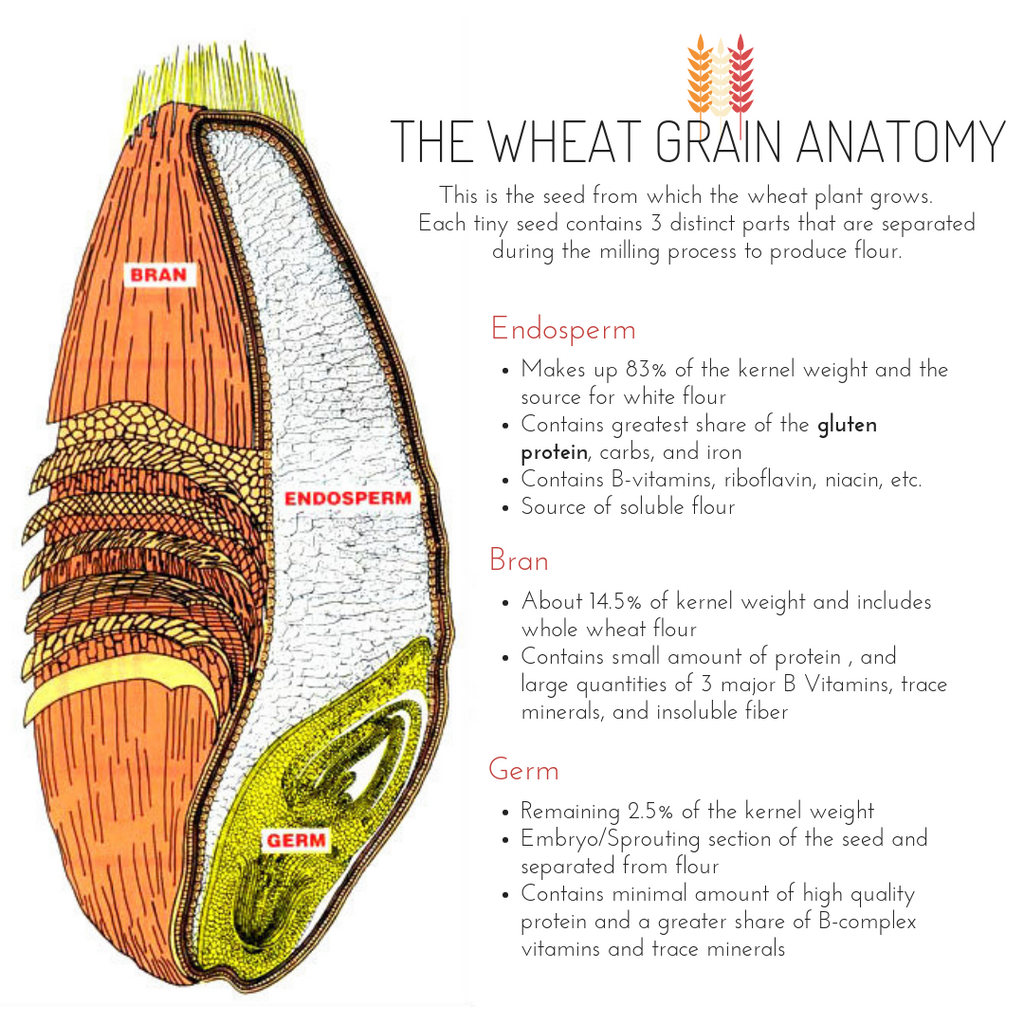
Why Go GF?
For those suffering from celiac disease, when they consume gluten, this will be severely life-threatening. Even if its not directly consumed through food, even sharing the same utensil with a gluten product can provoke the same lethal reaction. Of course, the severity of the sensitivity varies so how people’s body responds can range from a mild reaction to something very serious.
Someone with a gluten sensitivity who consumes this protein can get side effects like diarrhea, constipation, bloating, and severe pain. Because the body is attacking the small intestines, nutrients cannot be absorbed and this can lead to malnourishment.
Most of the people who follow a gluten-free diet actually do not have celiac disease and rather, it is a lifestyle choice. If they have gut issues and are suffering from something like IBS (Irritable Bowel Syndrome), gluten is often one of the first things they are advised to take out from their diet.
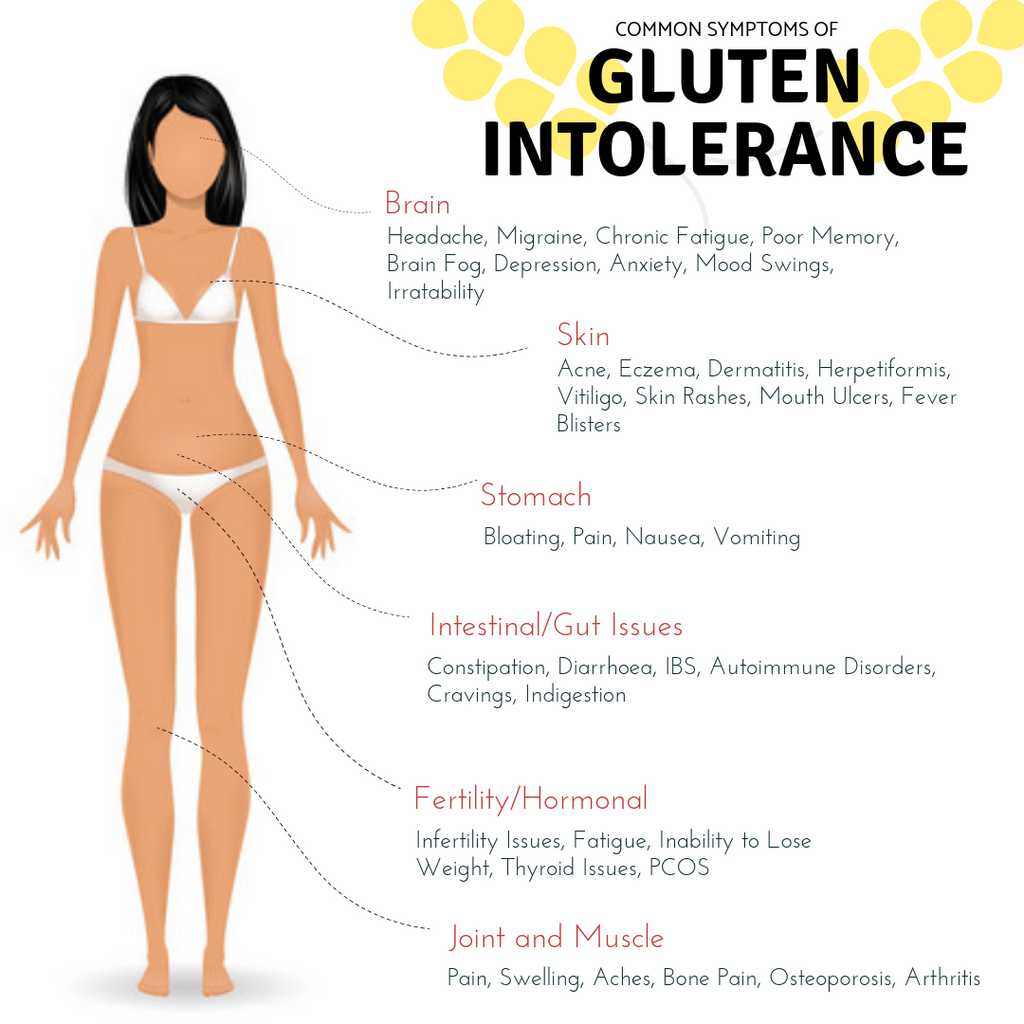
Other possible reasons for going GF might be:
- For weight-loss
- To reduce inflammation - the “Anti-Inflammatory” Diet
- For Professional Athletes
-
41% of 910 world-class athletes and Olympic medalists said they followed a gluten-free diet during at least half of their on season training and competing time (most of which were self-diagnosed and became a lifestyle choice)
(Credit Source Web MD: https://wb.md/2S1xthr) - Managing Autism Effects
- Children's Hospitals and Clinics of Minnesota reports that a gluten-free diet does seem to help with improvement in behavior, social skills, and learning in children with autism.
- (Credit Source Live Science : https://bit.ly/2AoX0V8)
True or False: Some Common Misconceptions of GF Foods
I do come across many questions regarding what contains gluten and I understand it can be rather confusing. Specifically in this article, I want to share some common questions about certain Japanese food items that may contain gluten, which might surprise you!
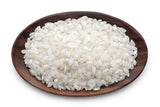
TRUE. This is gluten-free. The name is misleading but it simply comes from the fact that glutinous rice gets a glue-like texture and becomes sticky when it is cooked. This sticky-ness is due to the type of starch in the rice (amylopectin) and not gluten, which is a protein.
Mochi
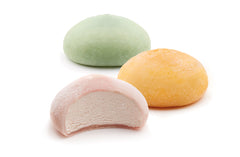
TRUE. Yes, it is gluten-free. Mochi is made out of glutinous rice and it is gluten free!
An Asian Diet
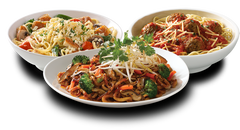
FALSE. When one goes on a gluten-free diet, many think they are safe by sticking to an Asian diet because it is rice-based. However, this is not the case. Yes, Asian food is mostly rice-based, but northern Chinese cuisine do contain a lot of wheat products such as dumplings and wheat flour noodle, and also have condiments like soy sauce (hidden wheat in soy sauce). Many Japanese dishes also contain wheat such as Ramen, Udon, Tempura and soy sauce once again.
Soy Sauce
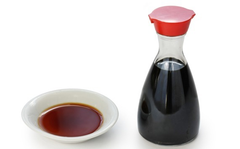
FALSE. Hard to tell from the name but one of the key ingredients in soy sauce is wheat, which is definitely not GF.
If you need to avoid gluten, choose tamari soy sauce, which is a wheat-free soy sauce that is actually a by-product of miso making. However, it is important to note to always check the labels to make sure all the ingredients are gluten free because you never know! If you are avoiding soy, there are also soy-free and wheat-free sauce alternatives such as coconut aminos!
Miso
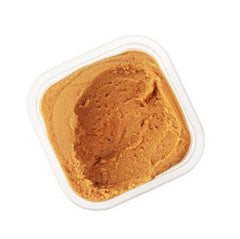
FALSE. Although most misos are made from fermented rice and soy, there are a few misos made from wheat as well. Mugi (wheat) miso is one of the commonly used wheat miso and this will contain gluten.
Asian Noodles
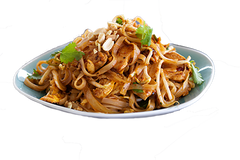
FALSE. Just like pasta, most are made out of wheat but there are gluten-free options such as rice noodles and glass noodles that are made out of mung bean starch or potato starch. Also, if you are very intolerant to gluten, you need to be careful because even tho the noodle itself may be gluten free, the sauces they use to marinade/stir-fry may not be GF. Always double check with the restaurant what they use to cook the dishes with!
Soba Noodles
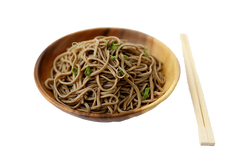
FALSE. Soba noodles are mainly made out of buckwheat, which is gluten-free but may also contain wheat. The most common soba is called Ni Hachi soba, which means Ni (Two) Hachi (eight) 20% Wheat and 80% Buckwheat. There is such thing as 100% Buckwheat Soba, which is called Jyuu Wari Soba. This is great alternative as it is gluten-free!
Here's a Simple Guide from glutenfree.com on what you can and should avoid on a Gluten Free Diet!
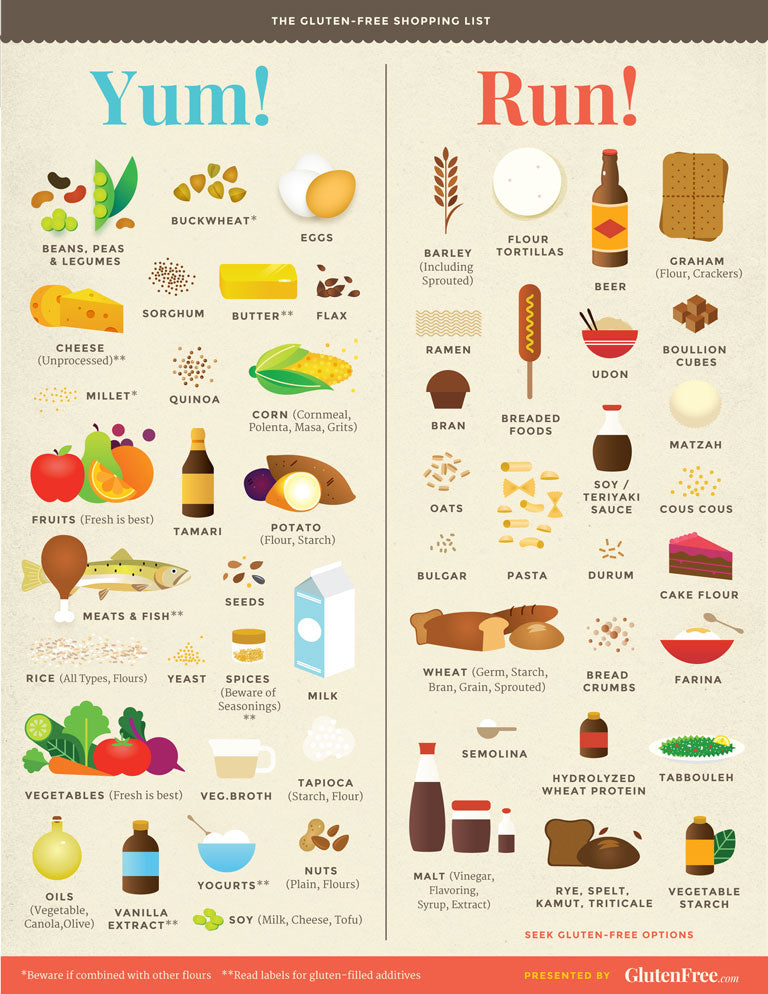
No matter what item it is, it is very important to always check the food label to see what ingredients are used in the product. Why we focused on Japanese food items in this article is because a lot of our products that come from Japan often do not have the complete English labels. Thus, it can be hard to tell what it is made out of.
If you are interested in buying other gluten-free products from around the world, we have many other items for different cuisines. Feel free to take a look at our Gluten-Free collection at our store! In terms of Japanese products, if you you have any questions about the ingredients, please feel free to contact us and we will be happy to answer :)
